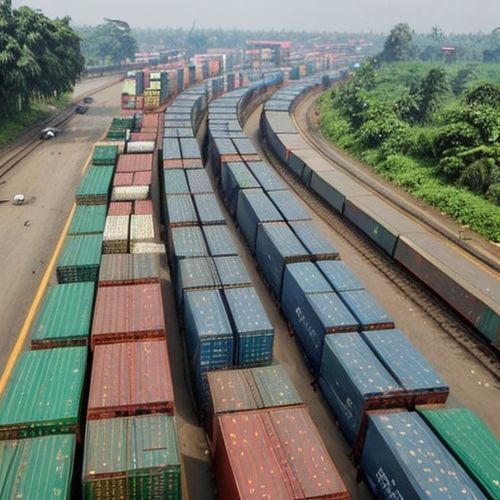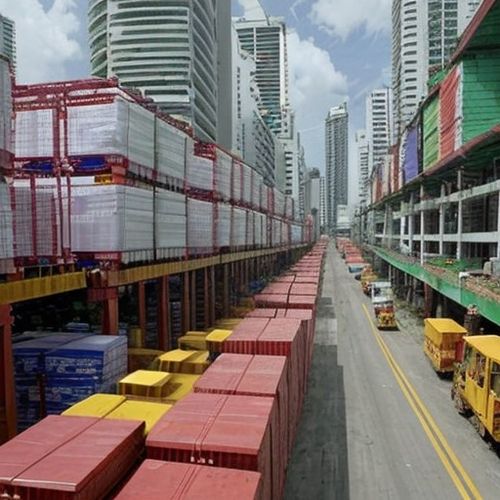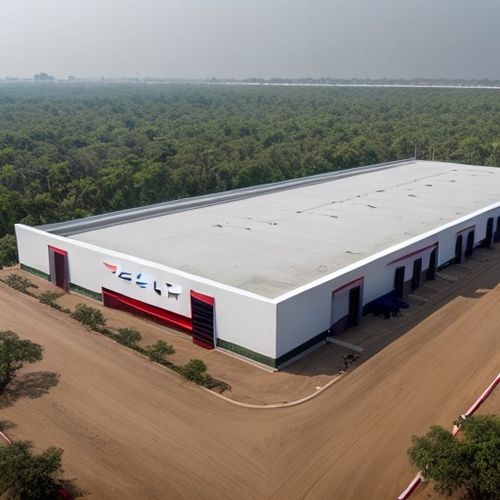The digital economy in Southeast Asia continues its remarkable ascent, with transaction volumes projected to reach $263 billion this year, reflecting a robust 15% increase compared to the previous year. This growth trajectory underscores the region's rapid adoption of digital services, fueled by expanding internet penetration, a young tech-savvy population, and increasing investor confidence in the sector.
A Maturing Ecosystem
Over the past decade, Southeast Asia has transformed from a nascent digital market into one of the world's most dynamic hubs for e-commerce, fintech, and online services. Countries like Indonesia, Singapore, Vietnam, and Thailand are leading the charge, with homegrown platforms such as Grab, GoTo, and Sea Group becoming household names. The $263 billion figure encompasses a wide range of digital transactions, including online shopping, food delivery, ride-hailing, digital payments, and travel bookings.
What makes this growth particularly noteworthy is its resilience amid global economic uncertainties. While many regions have seen tech sectors cool off after the pandemic-driven boom, Southeast Asia's digital economy has maintained momentum. Analysts attribute this to fundamental shifts in consumer behavior, with millions of first-time internet users embracing digital tools for daily needs.
The Mobile-First Revolution
At the heart of this transformation lies Southeast Asia's mobile revolution. With smartphone adoption rates exceeding 75% across most markets and affordable data plans becoming ubiquitous, consumers are increasingly conducting their lives through handheld devices. This mobile-first approach has allowed digital services to penetrate even rural areas, creating new opportunities for businesses and entrepreneurs.
Digital payments have emerged as a particular bright spot, growing at nearly twice the rate of the overall digital economy. The success of platforms like GrabPay, OVO, and DANA demonstrates how fintech solutions are solving real pain points in a region where traditional banking infrastructure remains limited for many. This payment revolution is creating a virtuous cycle, enabling more sophisticated e-commerce models and financial services to flourish.
Challenges Amid the Boom
However, this rapid expansion hasn't come without growing pains. Infrastructure gaps, particularly in logistics and last-mile delivery, continue to pose challenges outside major urban centers. Regulatory frameworks are struggling to keep pace with innovation, leading to occasional friction between startups and governments. Talent shortages in specialized tech fields remain another persistent hurdle for the industry's development.
Perhaps most concerning is the increasing competitive pressure as global tech giants take notice of Southeast Asia's potential. While local champions currently dominate many segments, the deep pockets and technical resources of international players could reshape the landscape in coming years. This has led to calls for stronger regional cooperation to nurture homegrown digital sovereignty.
The Road Ahead
Looking forward, industry leaders remain bullish about Southeast Asia's digital prospects. The $263 billion milestone represents just the beginning, with projections suggesting the market could surpass $300 billion as early as next year if current growth rates hold. Emerging technologies like AI, blockchain, and Web3 applications are beginning to gain traction, potentially opening new frontiers for innovation.
Investors continue to pour capital into the region's digital startups, albeit with more selectivity than during the peak funding years. The focus has shifted toward sustainable business models and clear paths to profitability, signaling a maturing investment landscape. This more disciplined approach may actually strengthen the ecosystem's long-term foundations.
For consumers, the digital economy's expansion translates to greater convenience, more choices, and improved access to services that were previously out of reach. As platforms become more sophisticated and competition intensifies, users stand to benefit from better products, lower prices, and enhanced customer experiences across all digital verticals.
The coming years will test whether Southeast Asia can maintain its digital growth while addressing the structural challenges that accompany rapid expansion. One thing seems certain: the region has firmly established itself as one of the world's most exciting digital battlegrounds, with implications that extend far beyond its borders.

By Sophia Lewis/Apr 5, 2025

By Jessica Lee/Apr 5, 2025

By Emily Johnson/Apr 5, 2025

By Sophia Lewis/Apr 5, 2025

By George Bailey/Apr 5, 2025

By Amanda Phillips/Apr 5, 2025

By Emily Johnson/Apr 5, 2025

By Natalie Campbell/Apr 5, 2025

By Sarah Davis/Apr 5, 2025

By Laura Wilson/Apr 5, 2025

By Samuel Cooper/Apr 5, 2025

By James Moore/Apr 5, 2025

By Noah Bell/Apr 5, 2025

By Sarah Davis/Apr 5, 2025

By Ryan Martin/Apr 5, 2025

By Christopher Harris/Apr 5, 2025

By Noah Bell/Apr 5, 2025

By Thomas Roberts/Apr 5, 2025

By Michael Brown/Apr 5, 2025

By George Bailey/Apr 5, 2025